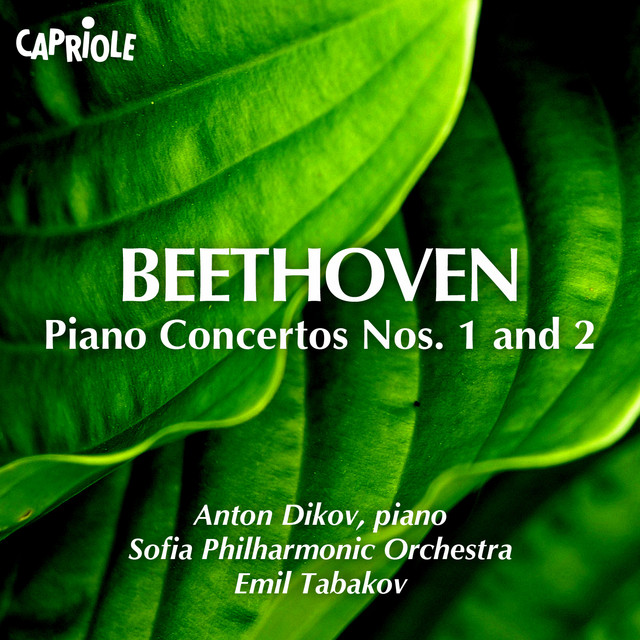
Here's Winton Marsalis playing the rondo. He also composed one of the two trumpet concertos that get played at all often. Here's one of his string quartets, very reminiscent of the style of his first teacher and mentor, Mozart. But Hummel composed some really good music in a variety of forms and genres. Or do you have biographical information to support your belief? Similarly Chopin and any number of other composers.Īs to whether Hummel "should have tried," or whether any other composer should have tried to compose in genres that he didn't (Brahms in opera, Verdi in symphonies and concertos, Wagner in string quartets), we might wish that they had, or be curious about how they would have done it, but "should" is irrelevant to the nature of artistic creativity.Ĭompared with Beethoven, Mozart, and Haydn, everyone in that period was an also-ran, with the possible exception of Schubert. Hummel was a successful and famous piano virtuoso, which kept him very busy, and the most straightforward explanation of why he composed no symphonies (or operas) is because he didn't want to, or had particular reason to such as a commission. Why should we believe that Hummel was more timid than them? Schubert, whose admiration for Beethoven knew no bounds, nonetheless composed symphonies, and so did Brahms though he admitted that Beethoven's example intimidated him.

Pretty lacherlich=ridiculous!īeethoven's example didn't intimidate Hummel from composing piano concertos and string quartets. Should he have tried? The Mustelids often play symphonies of lesser known contemporaries of B, H, and the successor generation that sound like patchy collections of bits and pieces of the symphonies of Herr Ludwig. The rhythms are crisp and vital, the colours gorgeous, the expression intense and broad-ranging, and all is captured in superb recorded sound.Dulcinea wrote., intimidated by the example of his friend Beethoven, he never wrote any symphonies. Riccardo Chailly achieves the near-impossible, combining the classicising insights of period-style performers with the tonal richness and expressive gravity of old-school master interpreters such as Otto Klemperer or Carlos Kleiber. How did Beethoven cope with going deaf?.But ultimately, the Seventh Symphony is testimony to Beethoven’s enduring ability to find energy and hope amidst inner and outer desolation, and as such it’s indispensible. The voluptuous nocturnal world of the Allegretto opens on a minor-key wind chord which, after the glowing A major that ends the first movement, feels like the deft extinguishing of a light.īeethoven expands his tonal universe as never before in a symphony, allowing the bright A major to be continually undermined by a remote (and, in context, darker) F major – if that sounds technical, the effect in performance is fully visceral.

Like TS Eliot, Beethoven realised that it is darkness that ‘declares the glory of light’. It isn’t all joyous assertion, of course. There are times listening to this astonishing finale that one wonders if it wasn’t here that Stravinsky got the idea for the ‘Sacrificial Dance’ from the Rite of Spring – except that it is life, not death, that triumphs.

Just before the end, for the first time ever in an orchestral work, Beethoven uses the marking fff – fortississimo: ‘louder than as loud as possible’.

Confronted with one particularly obsessive chain of repetitions (possibly the spine-chilling final crescendo in the first movement), Beethoven’s younger contemporary Carl Maria von Weber pronounced him ‘ripe for the madhouse’.īut there’s nothing mad about the way Beethoven draws together the seemingly diverse dance rhythms in this work. The key of A major is often associated with light and buoyancy (Mendelssohn’s Italian, Schubert’s Trout Quintet), but here the sheer physical energy – expressed in dancing muscular rhythms and brilliant orchestration – can, in some performances, border on the unnerving. 7 sounds like what Beethoven would later call a ‘return to life’. Composed after a much-needed restorative spa holiday in 1811, Symphony No.


 0 kommentar(er)
0 kommentar(er)
